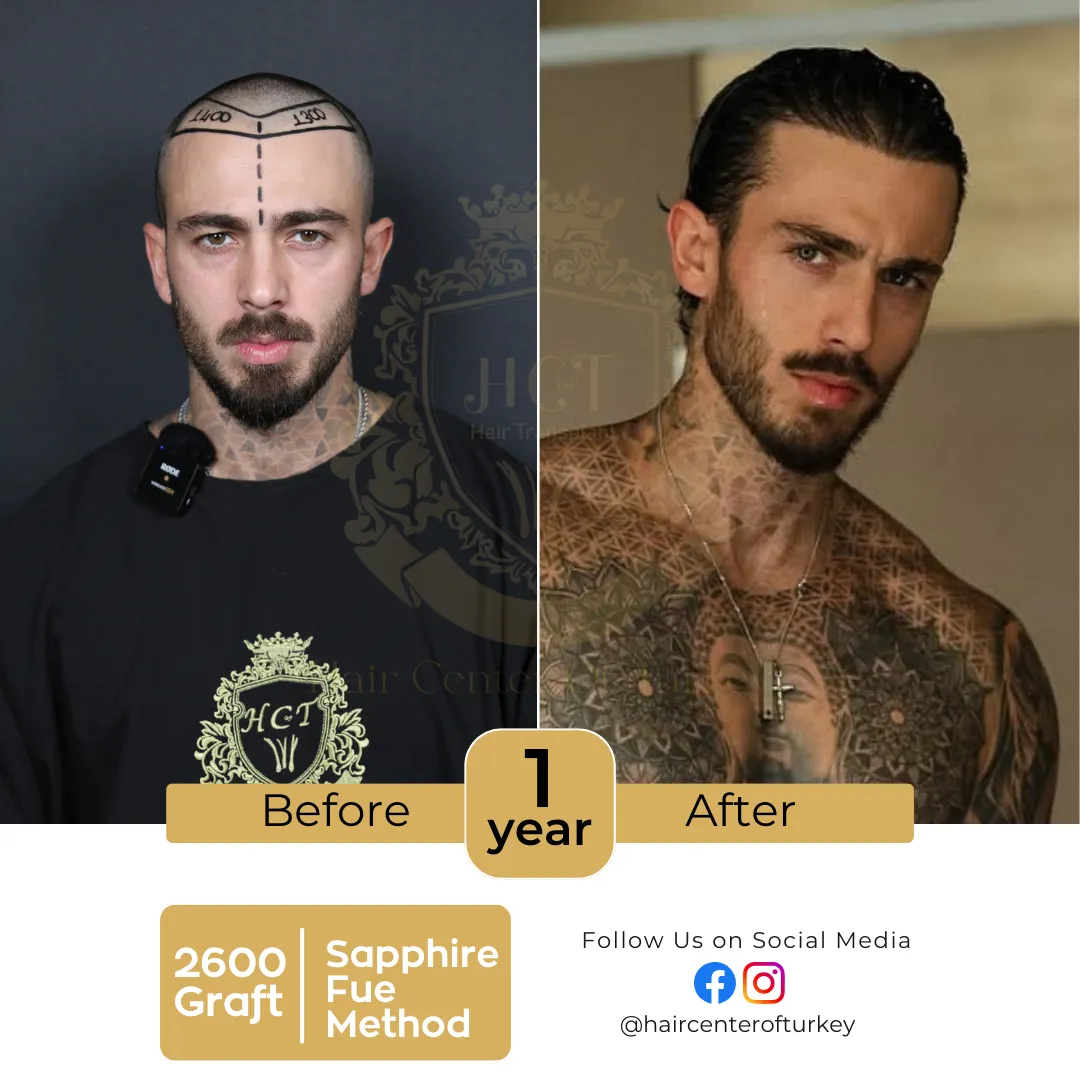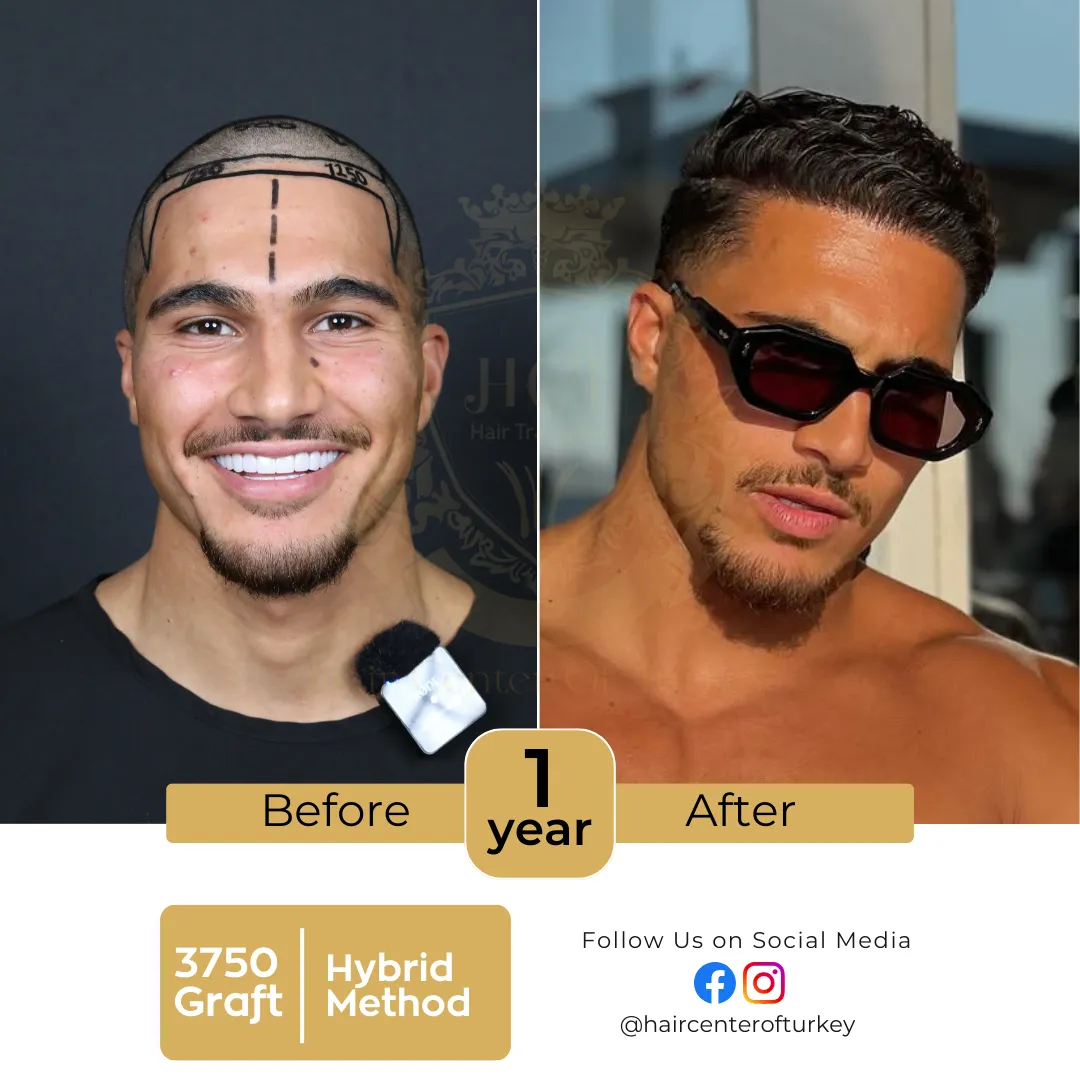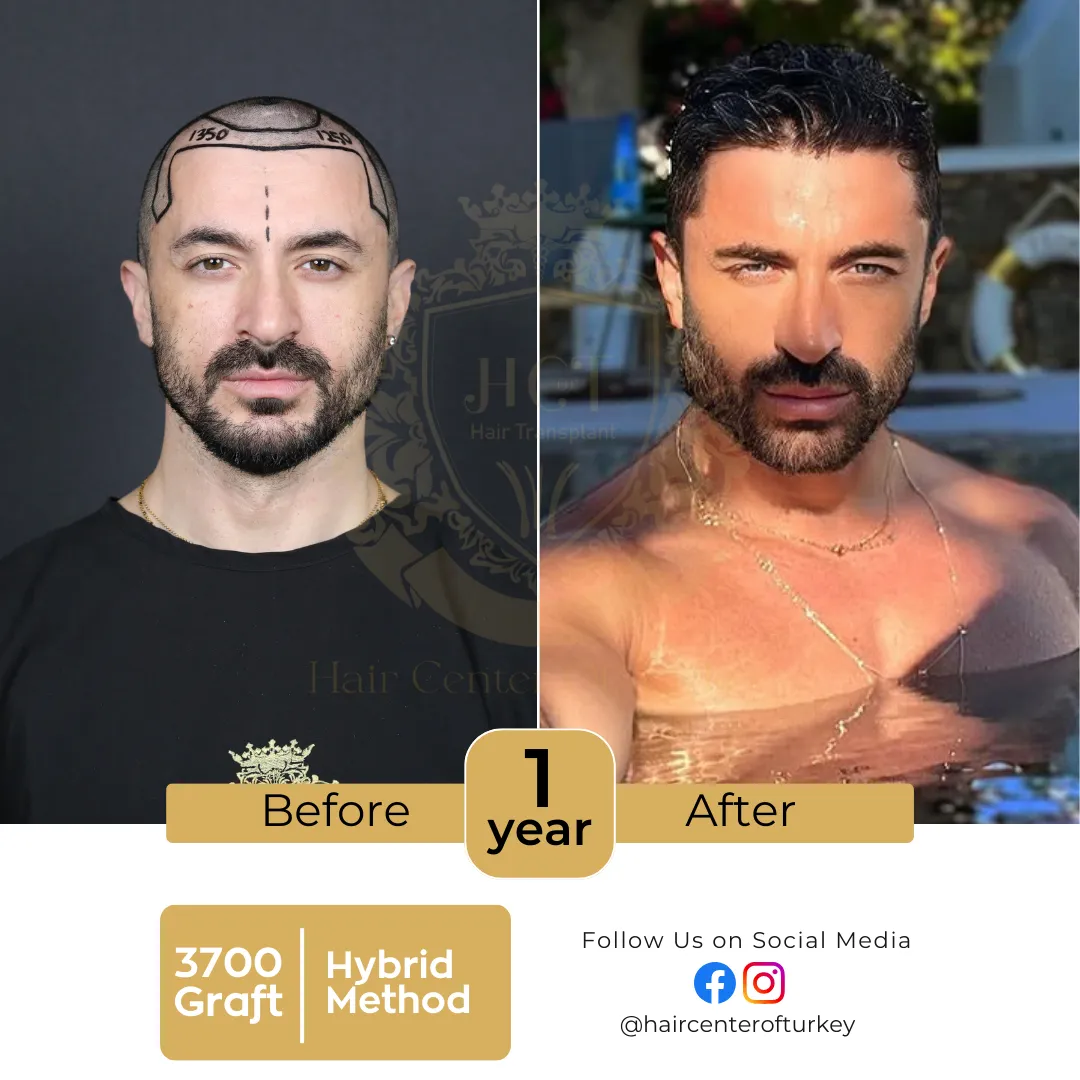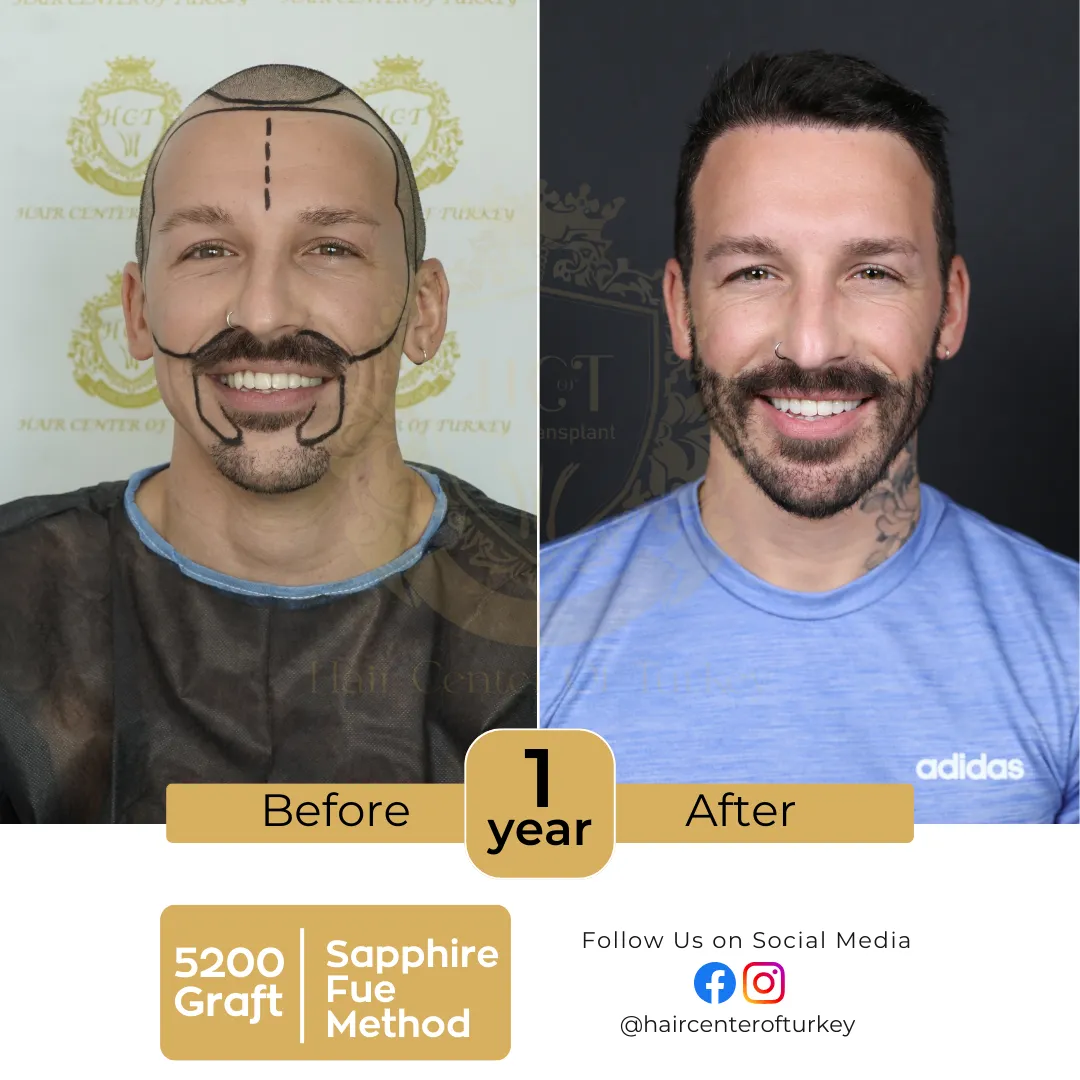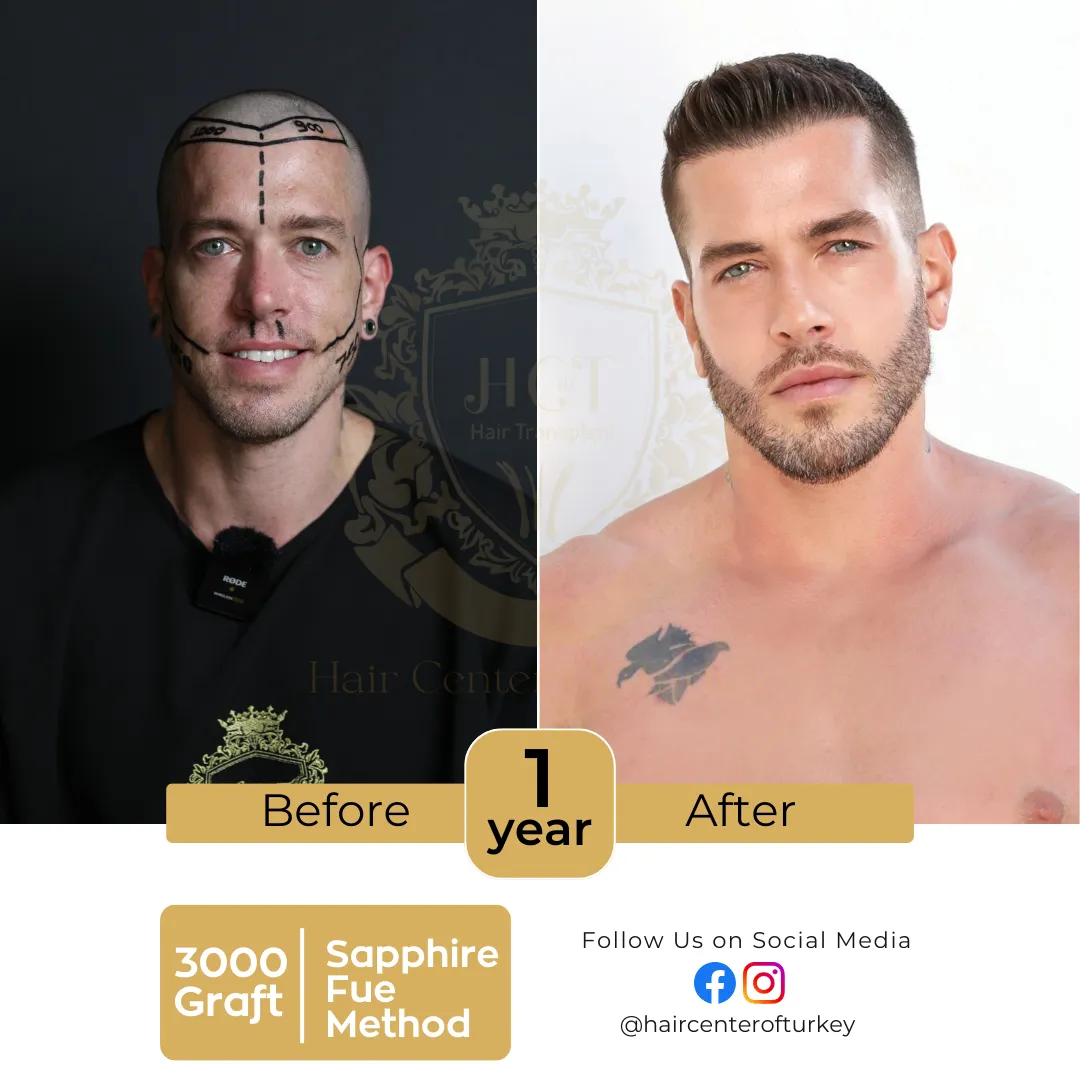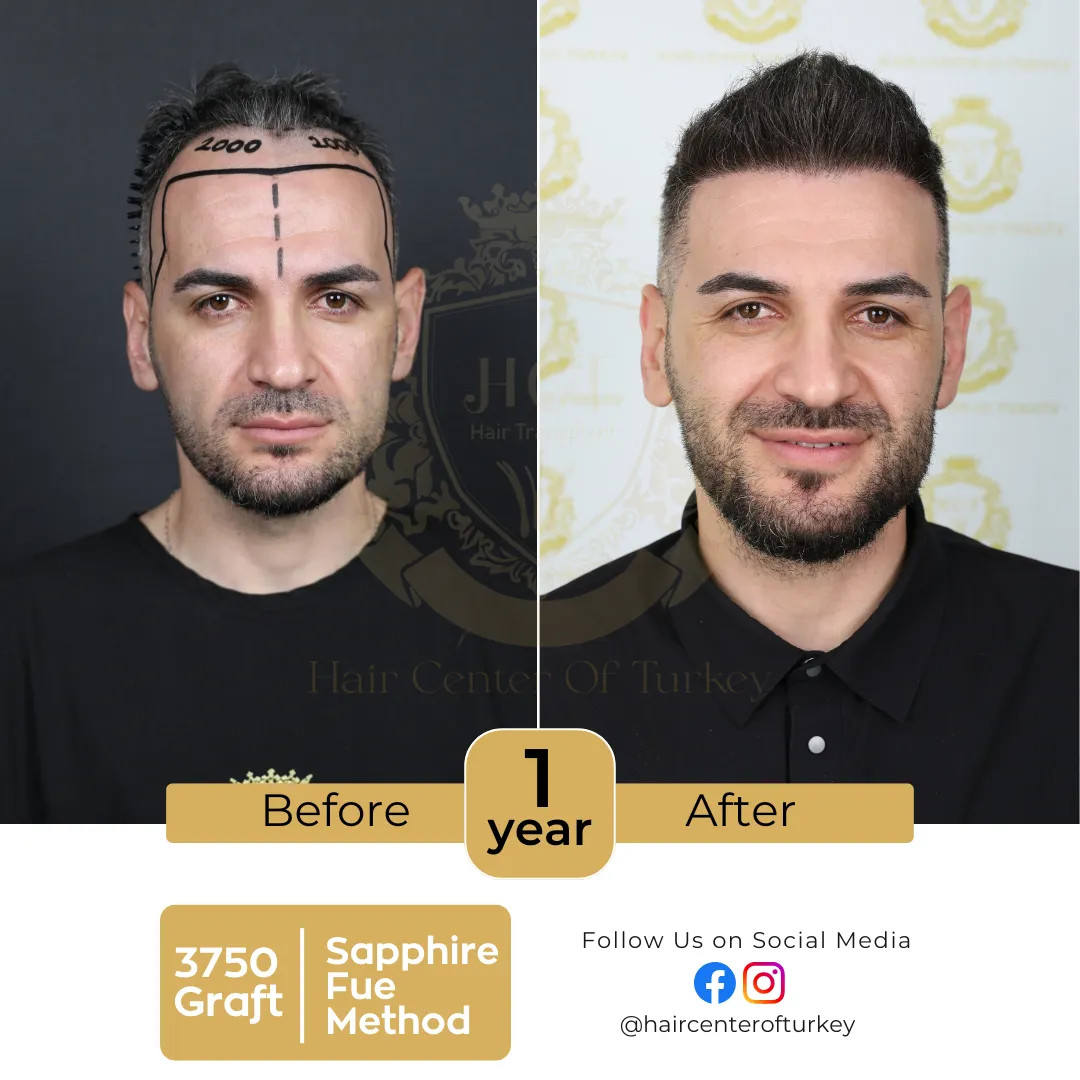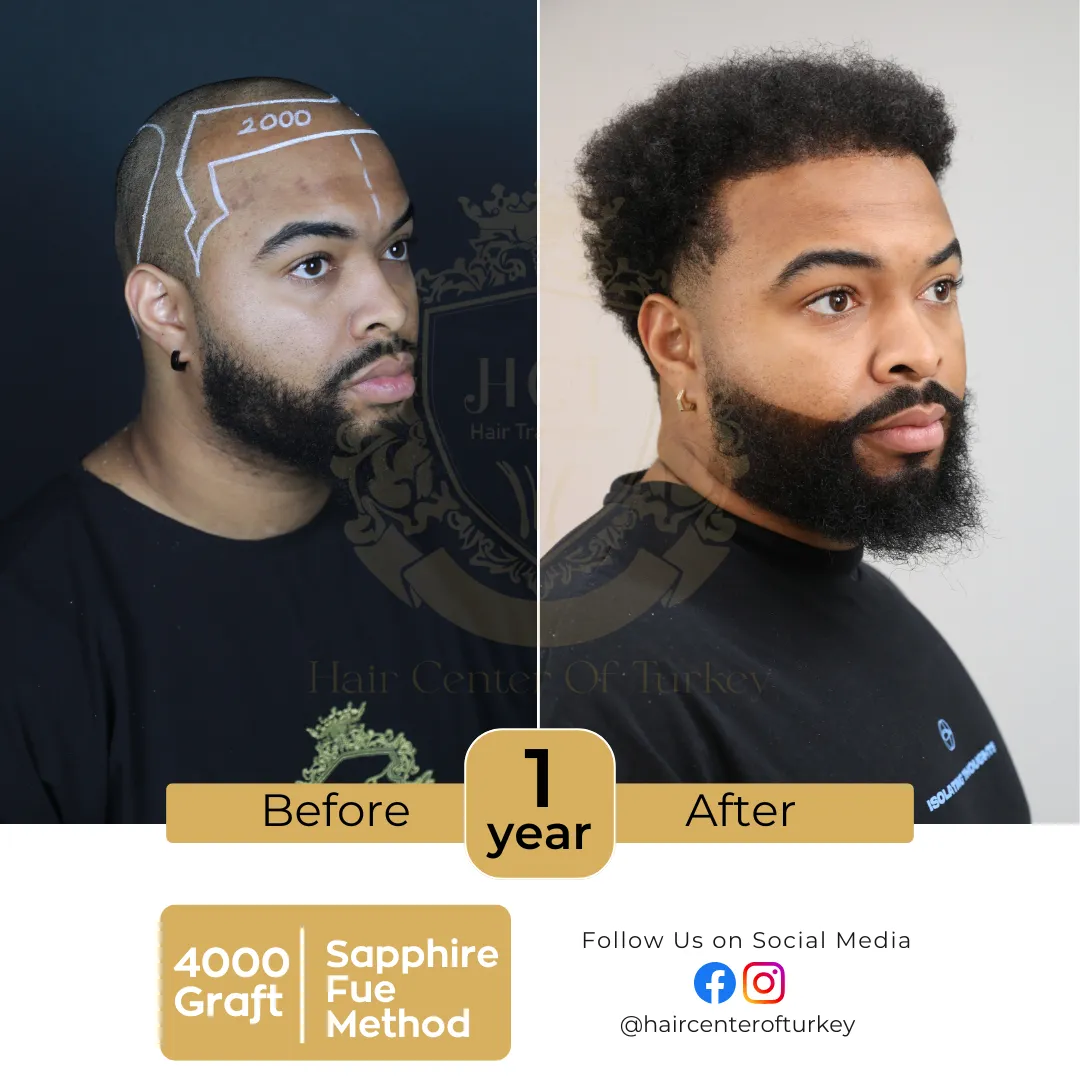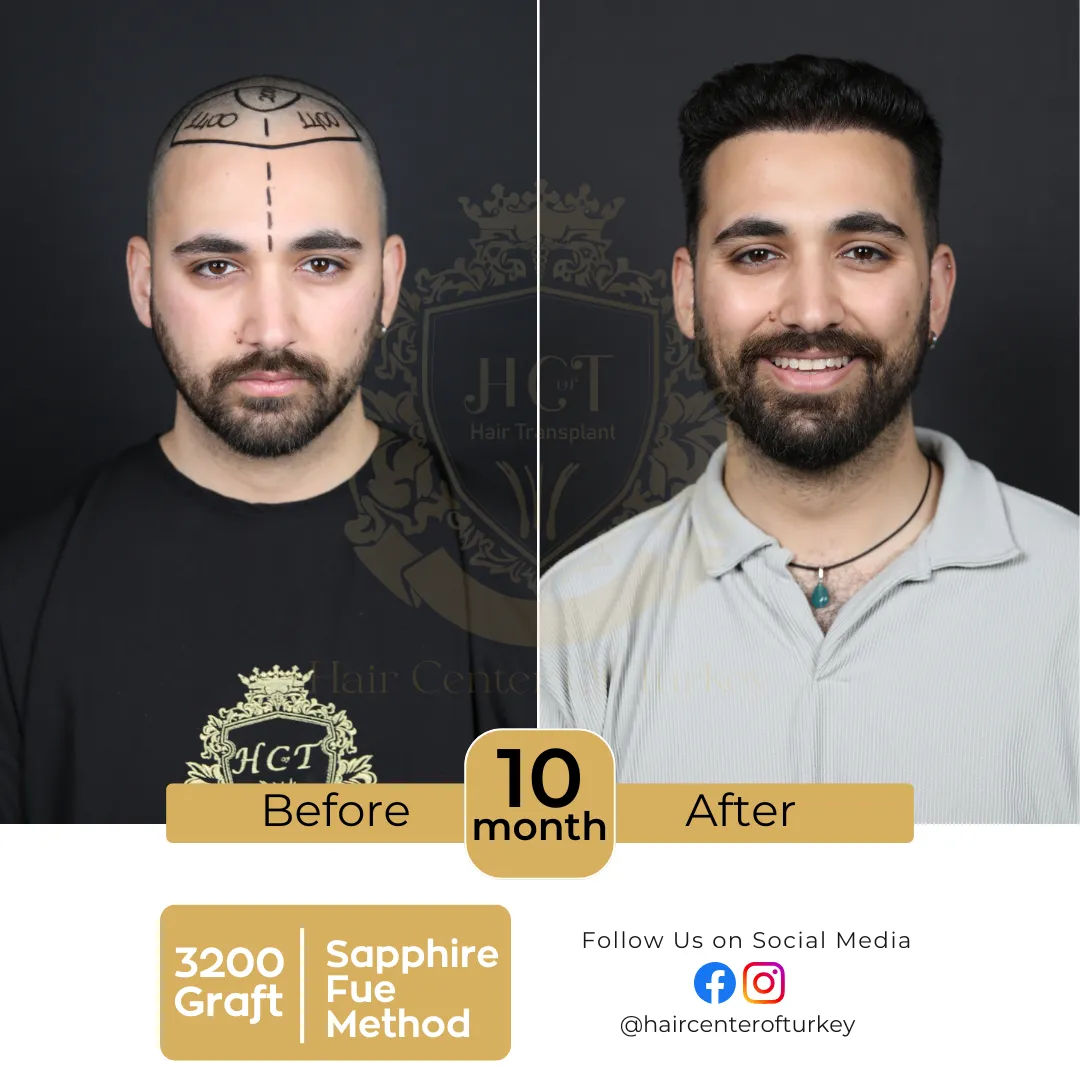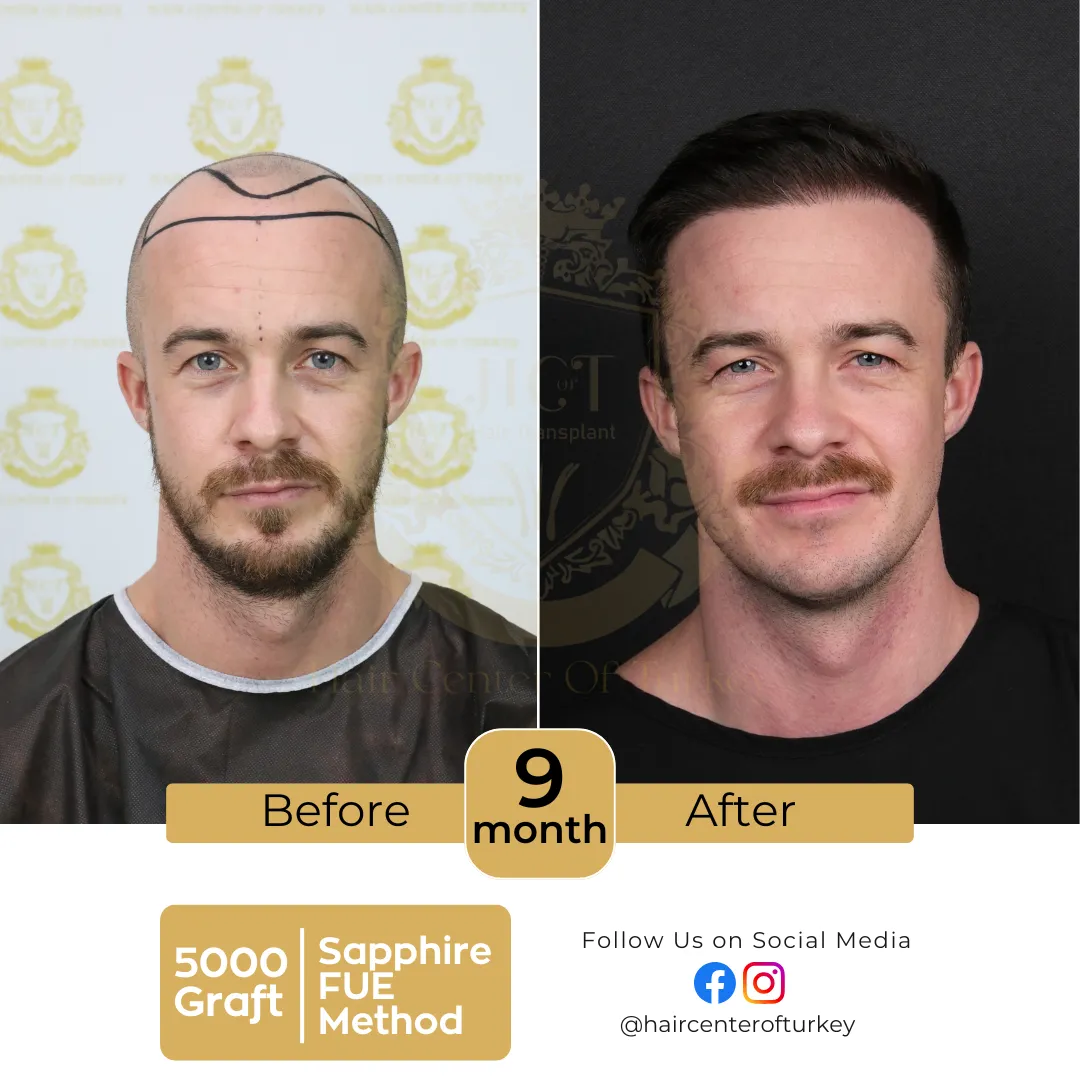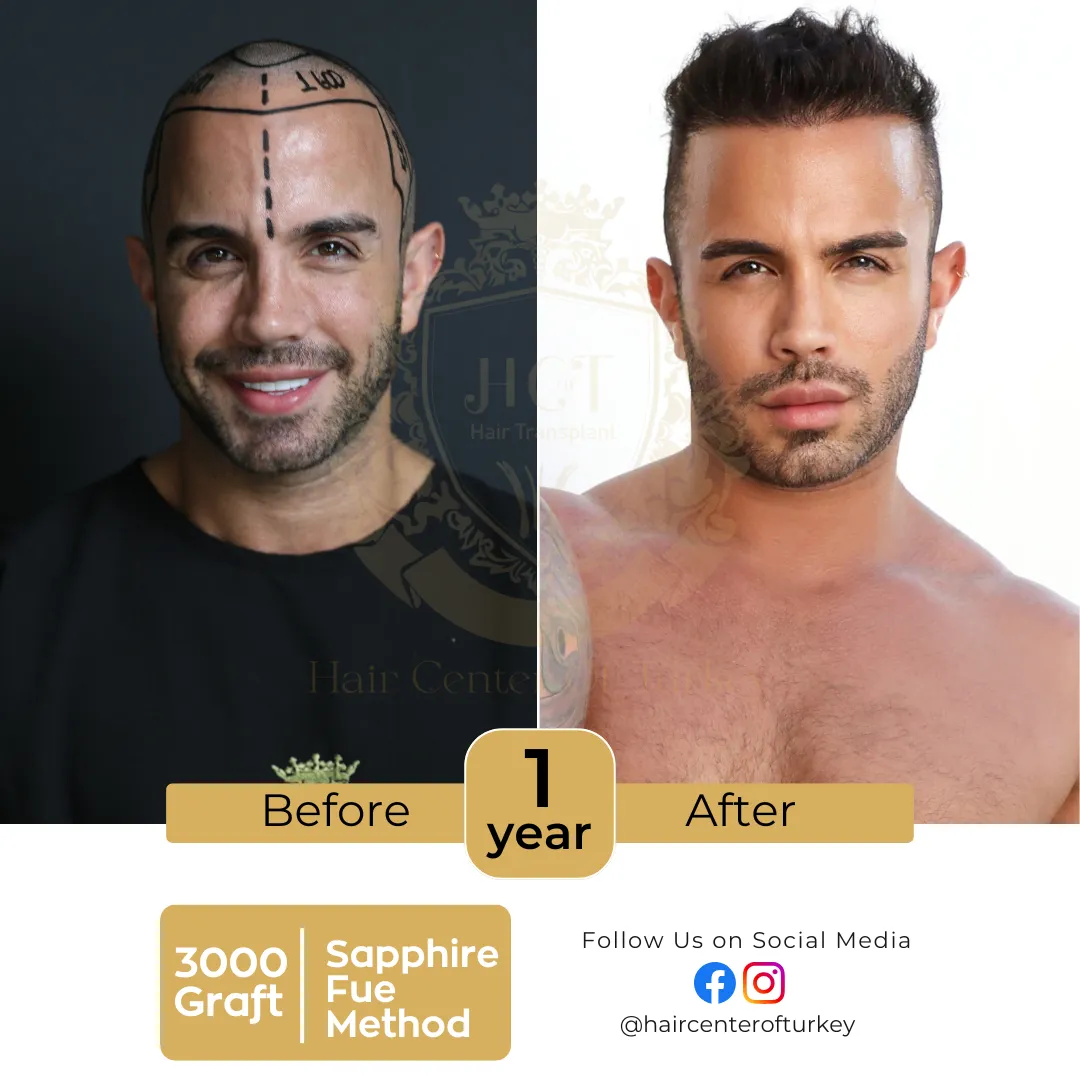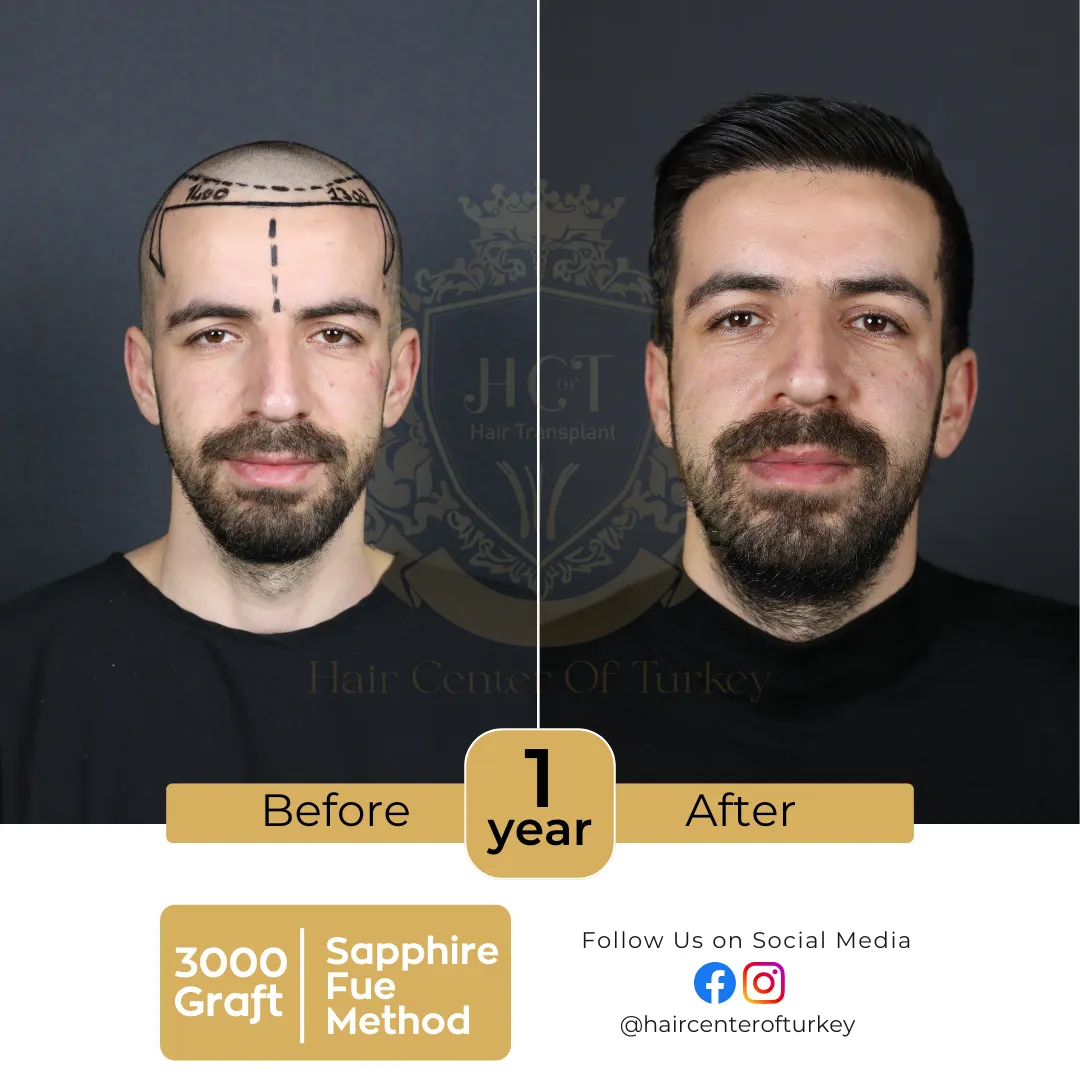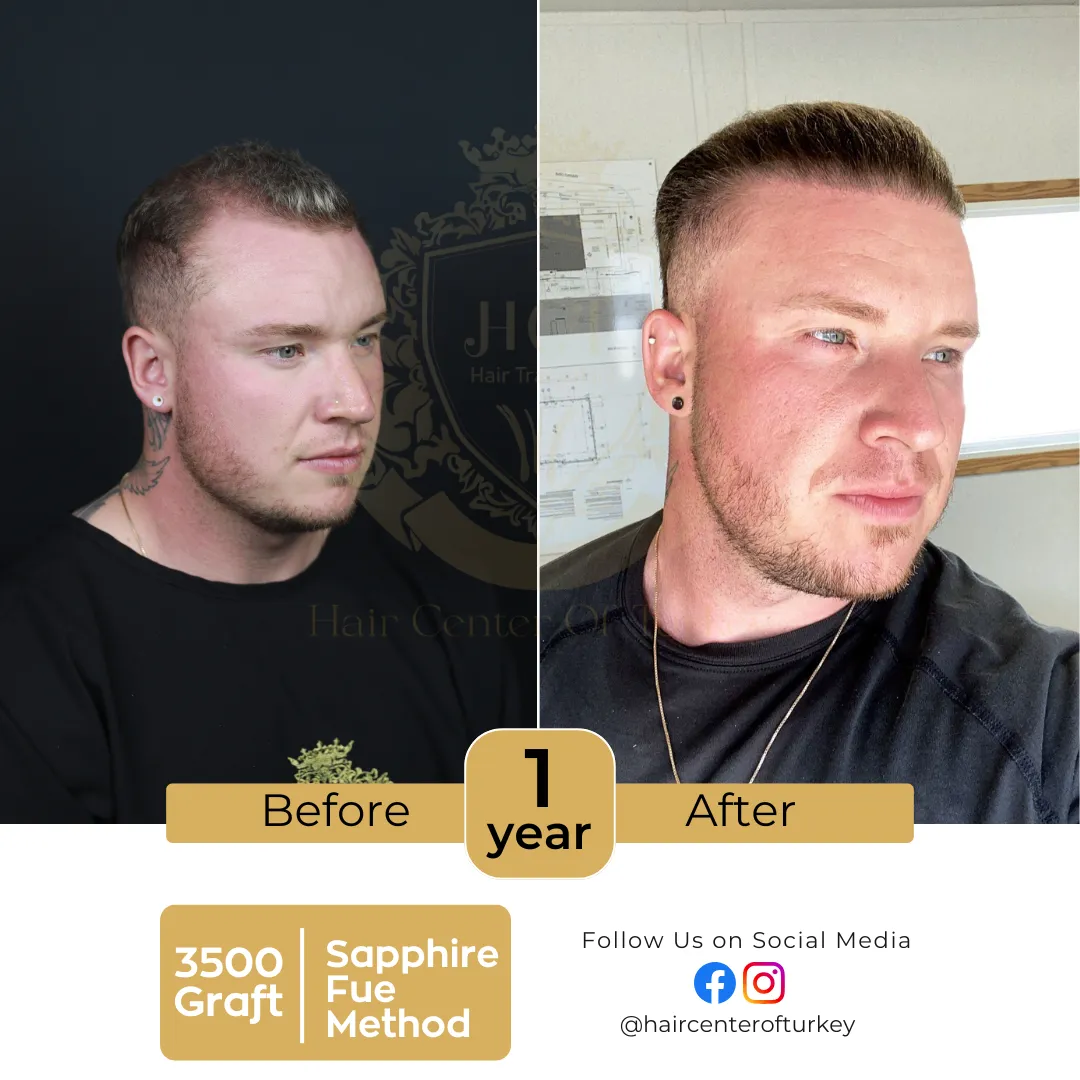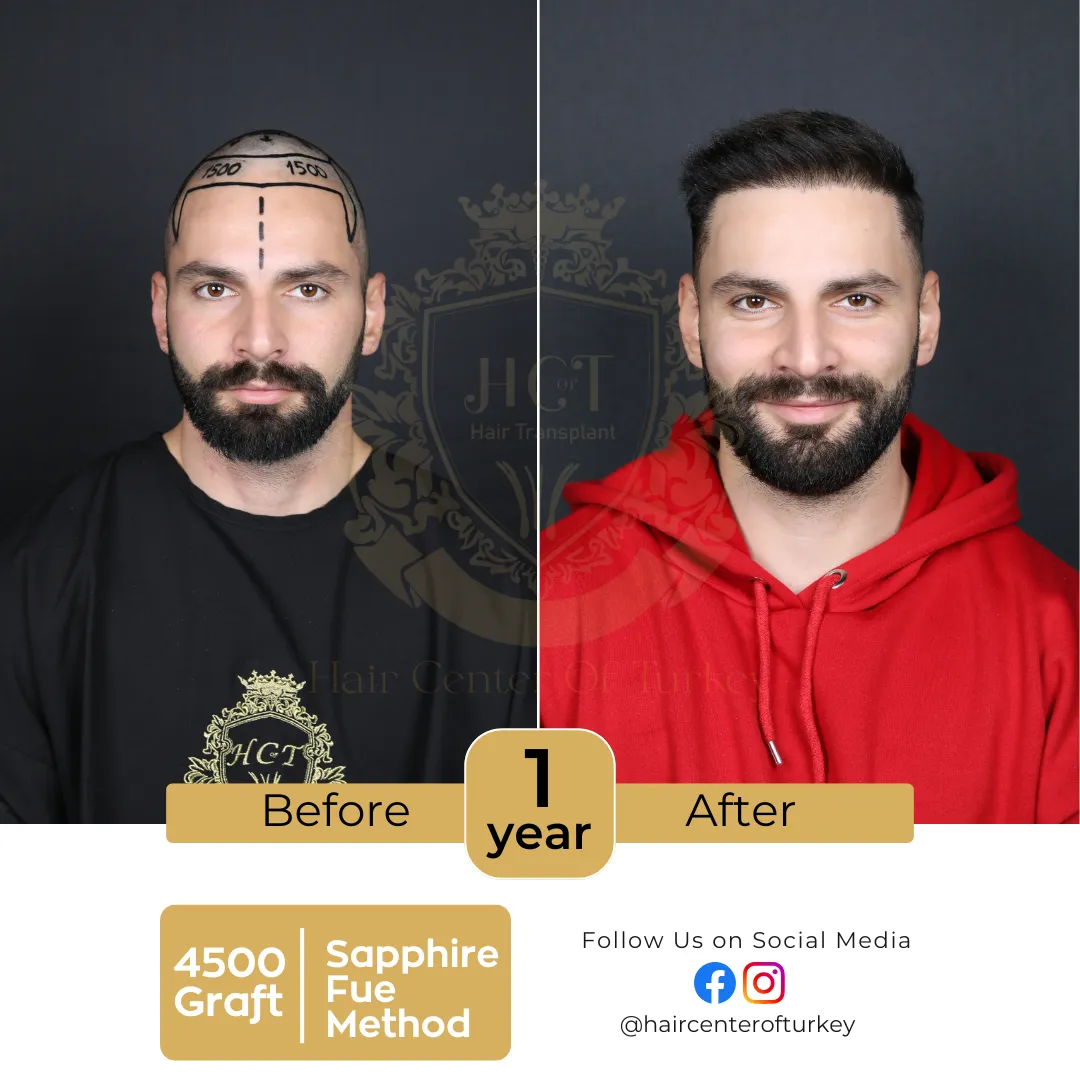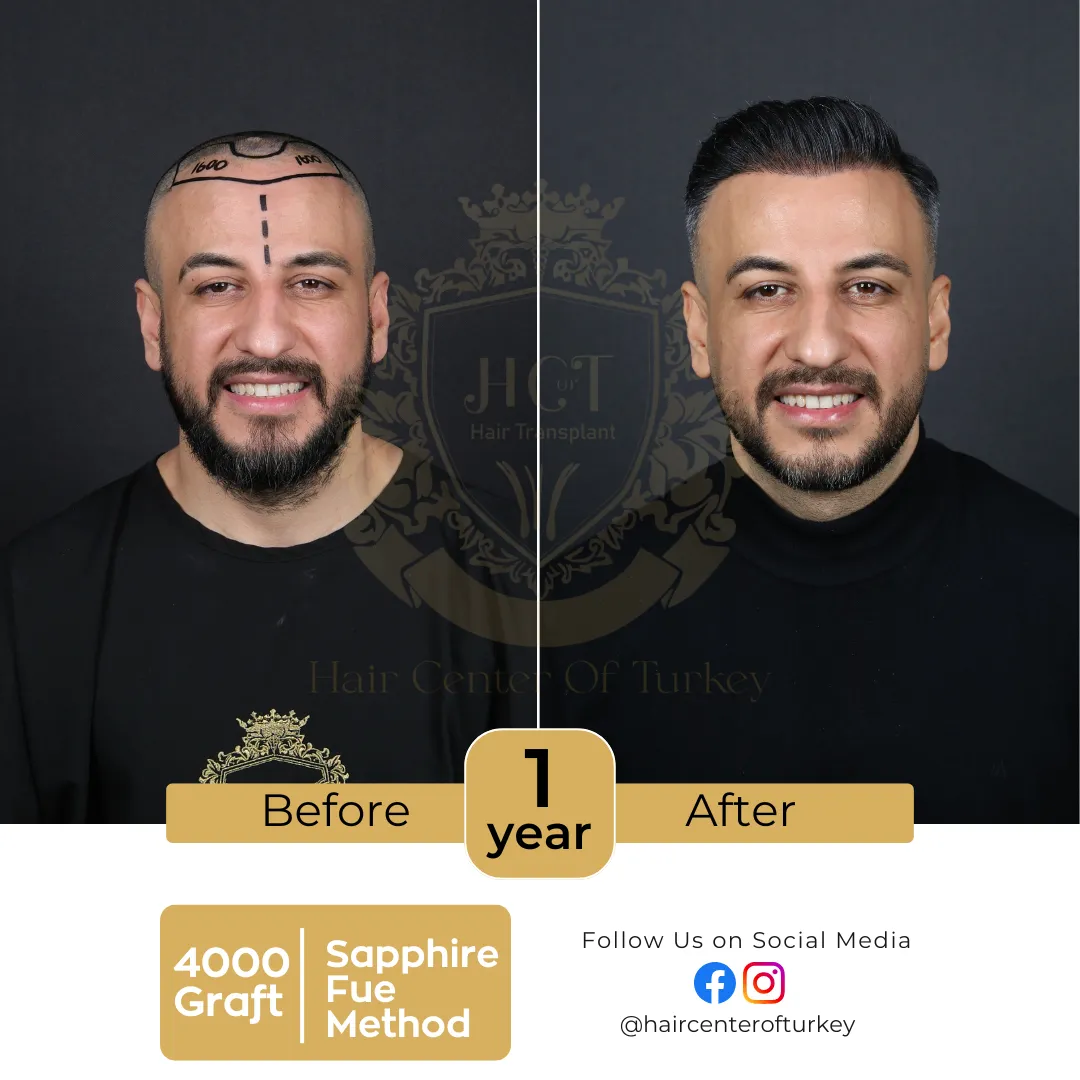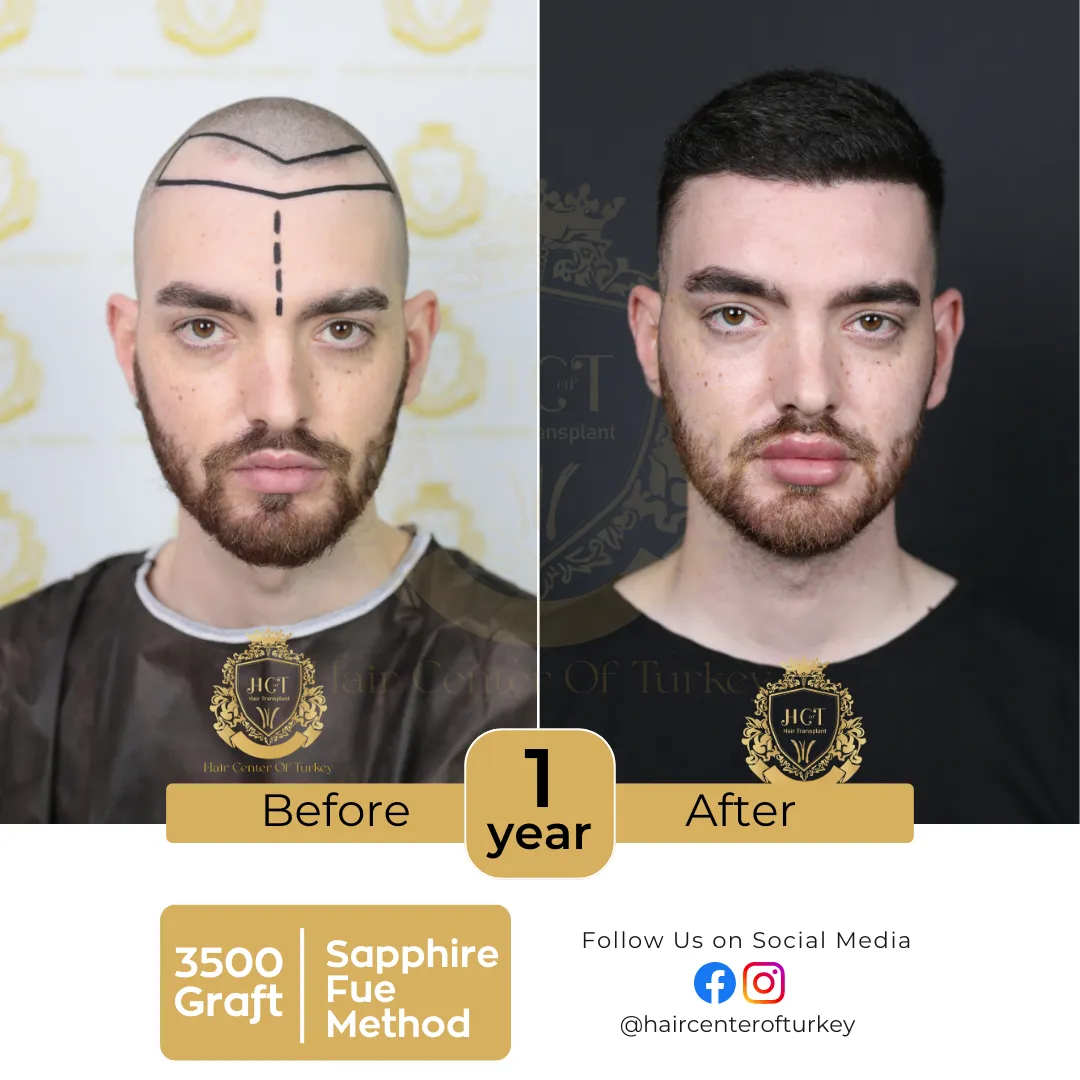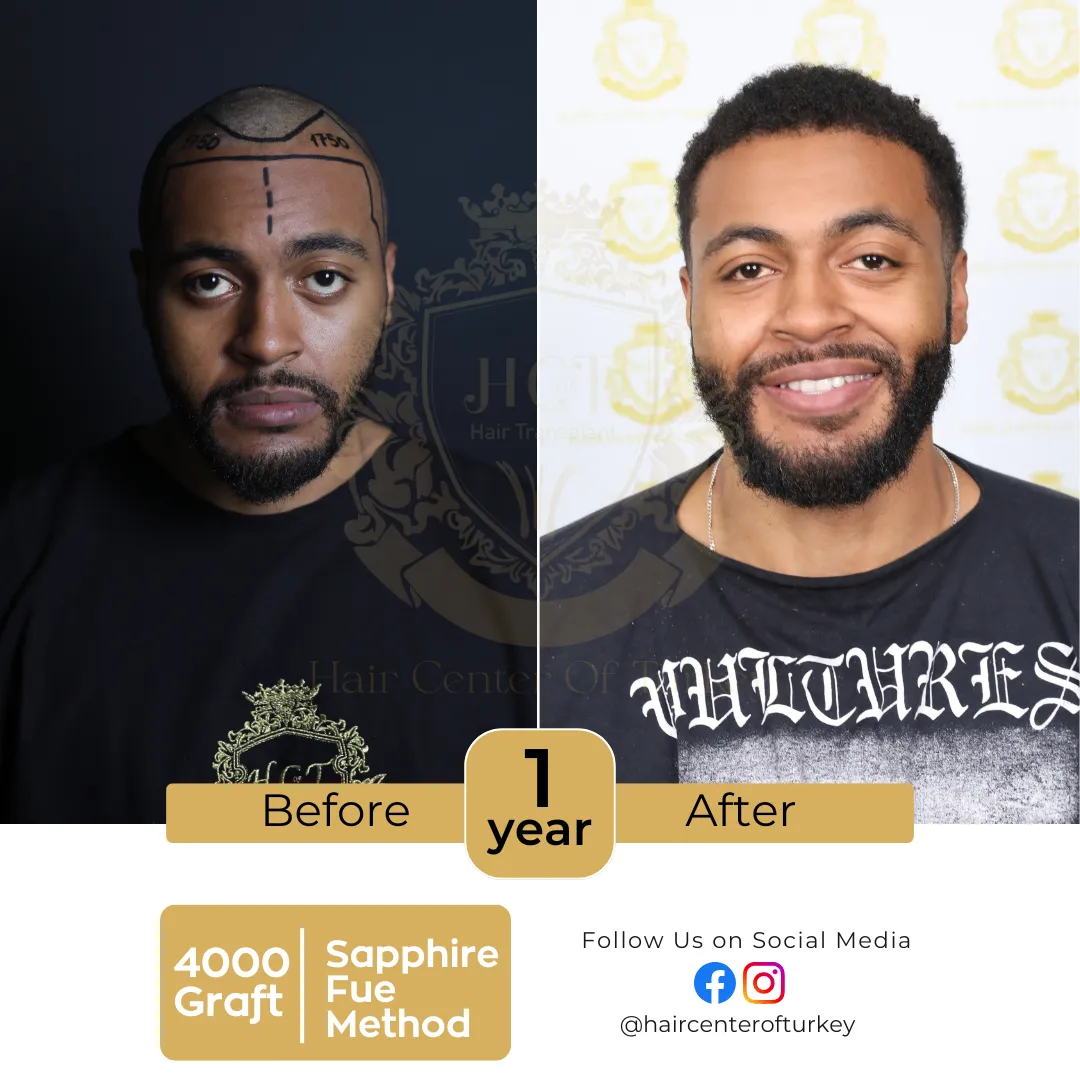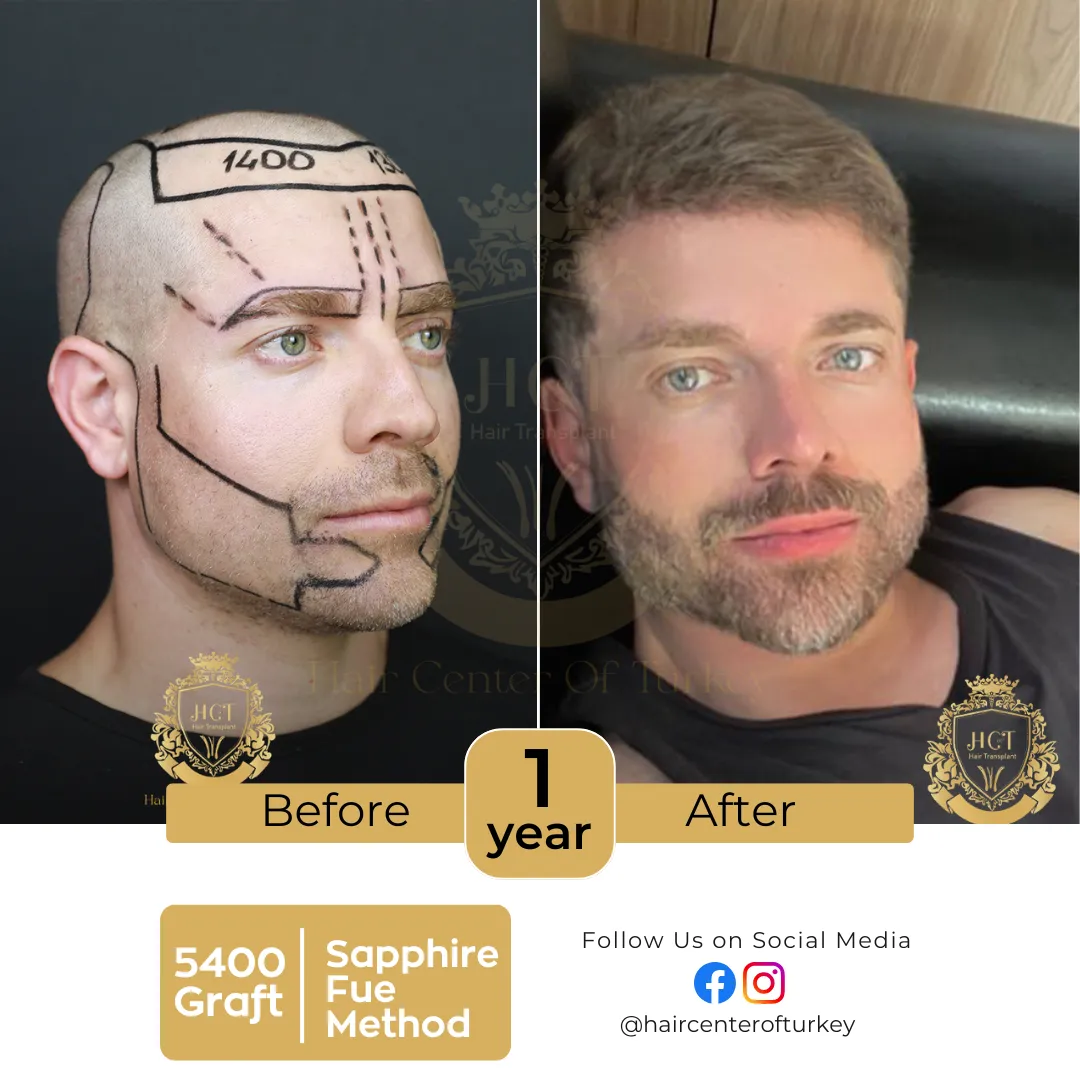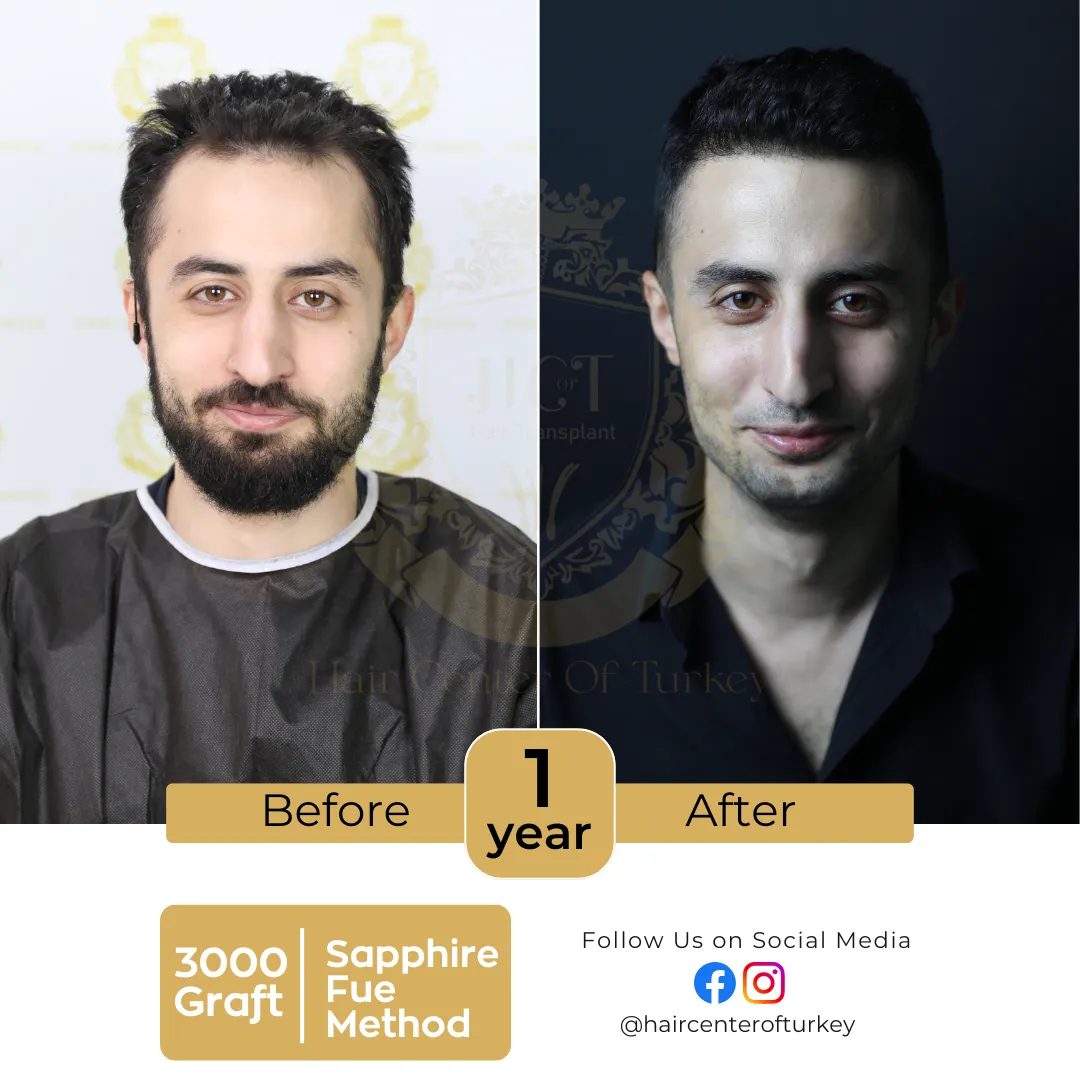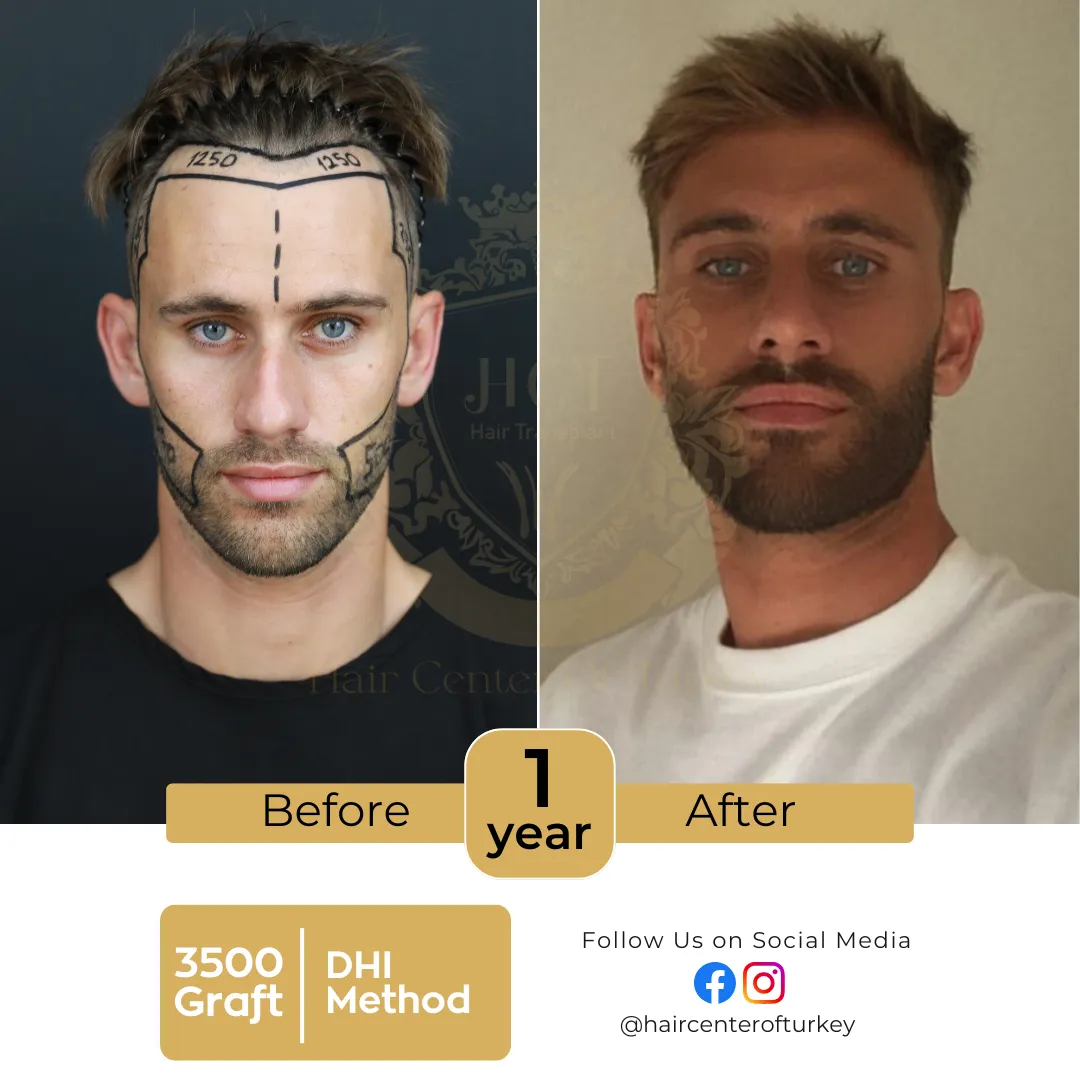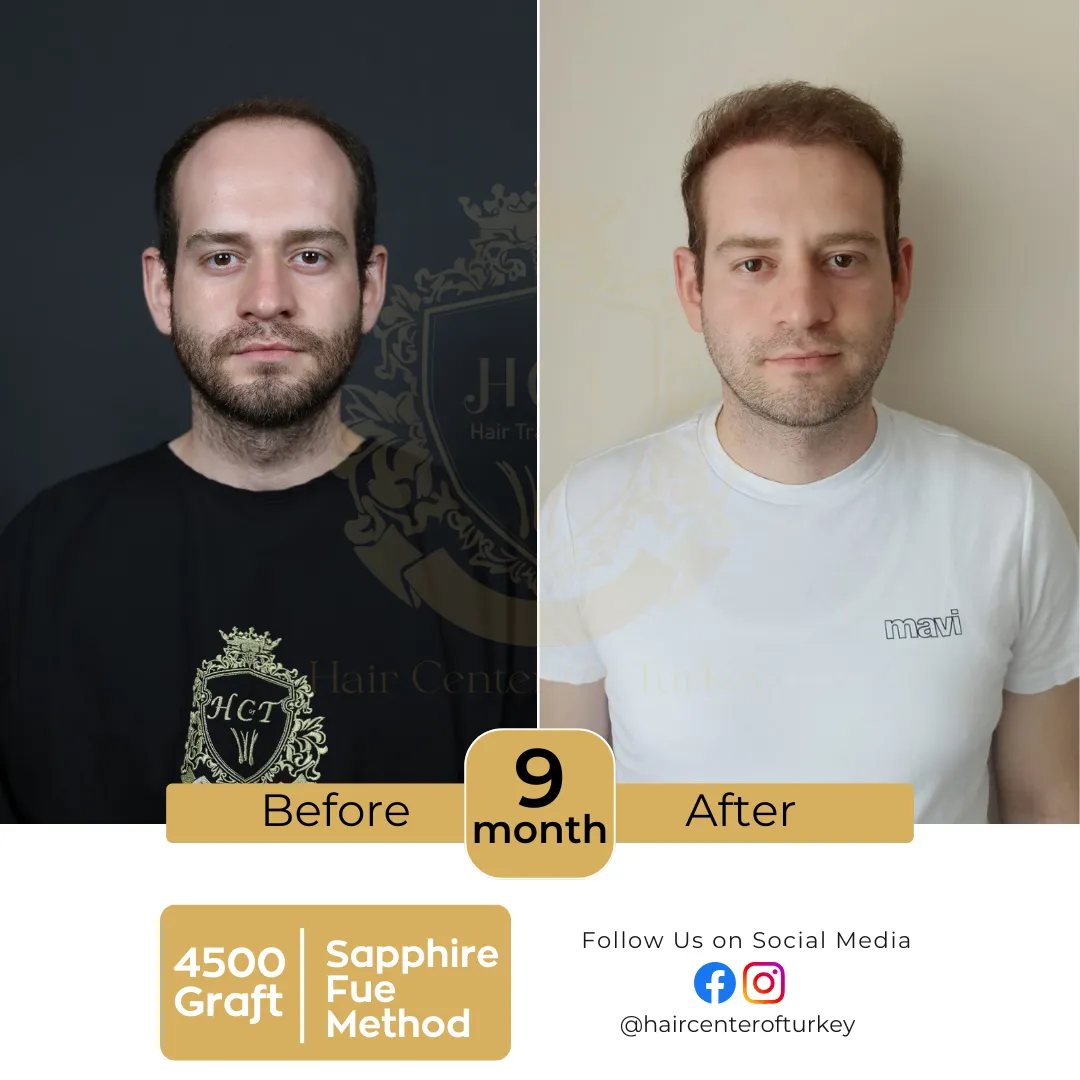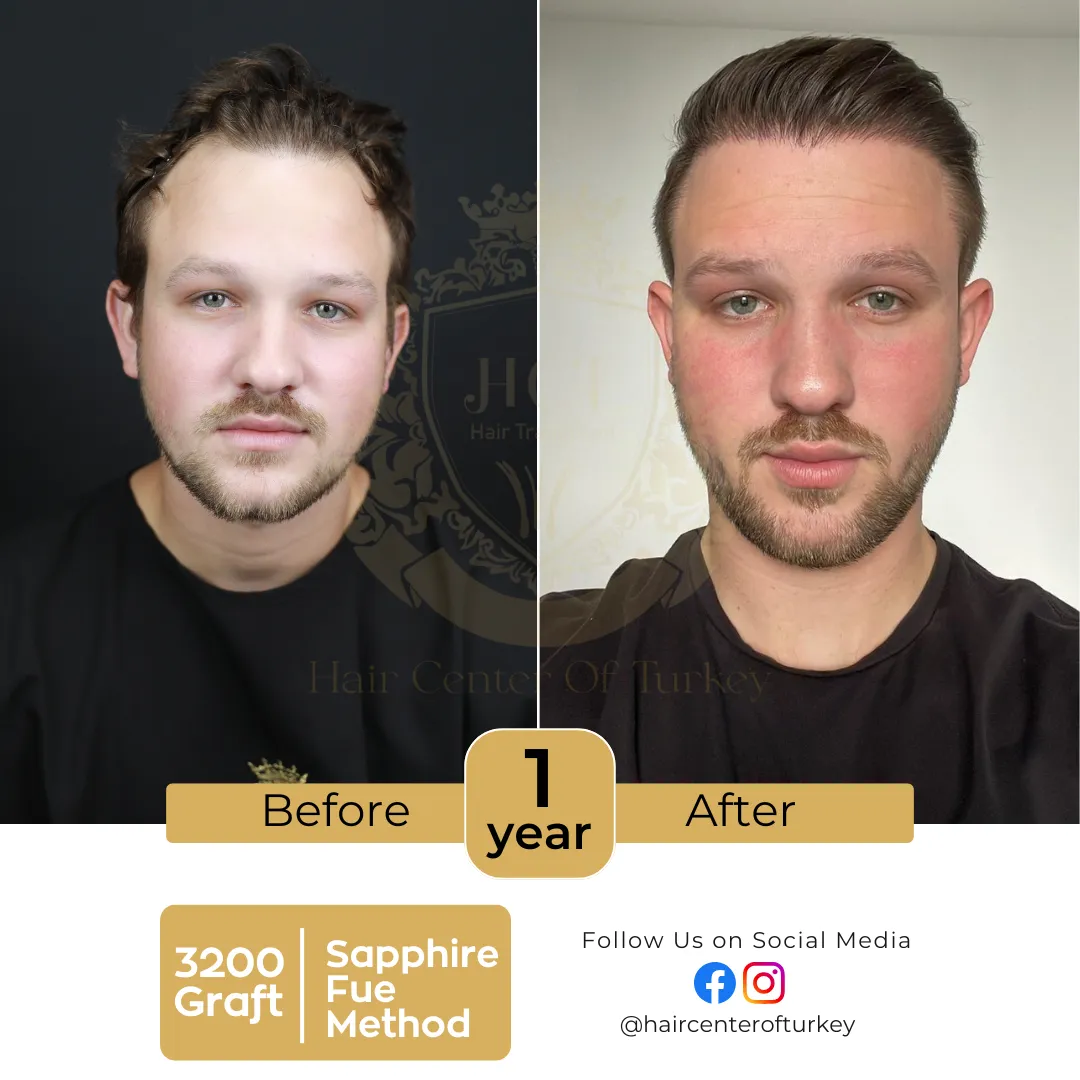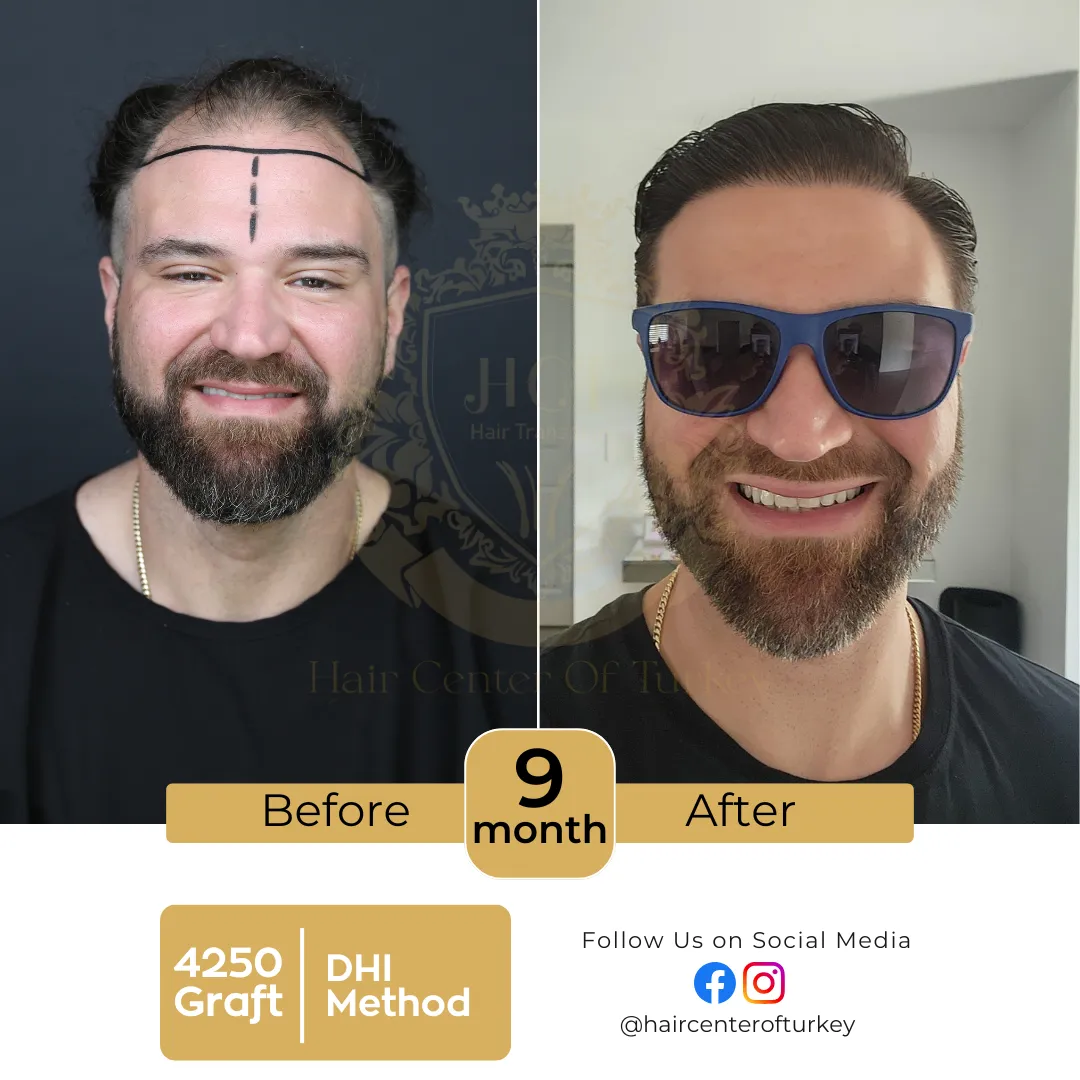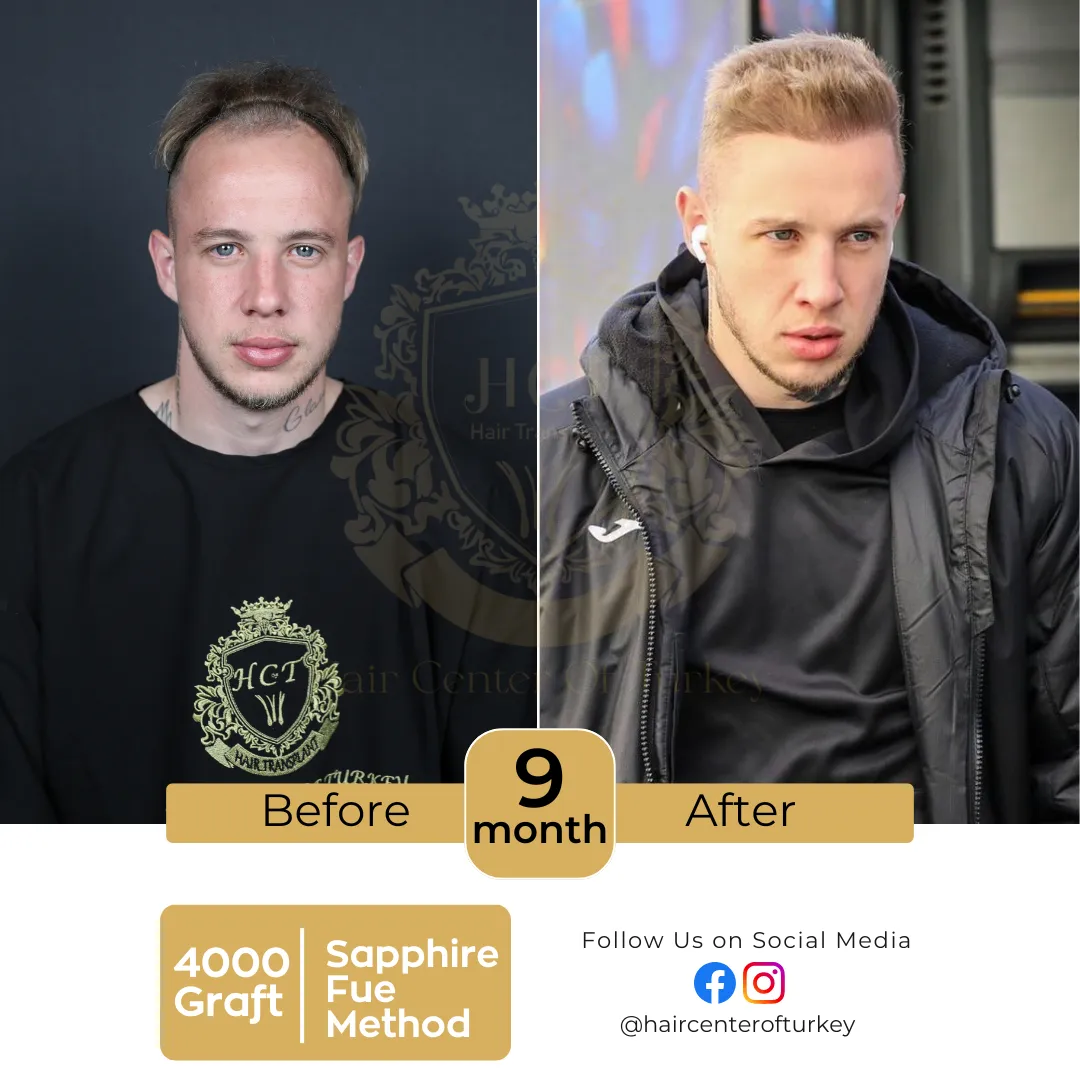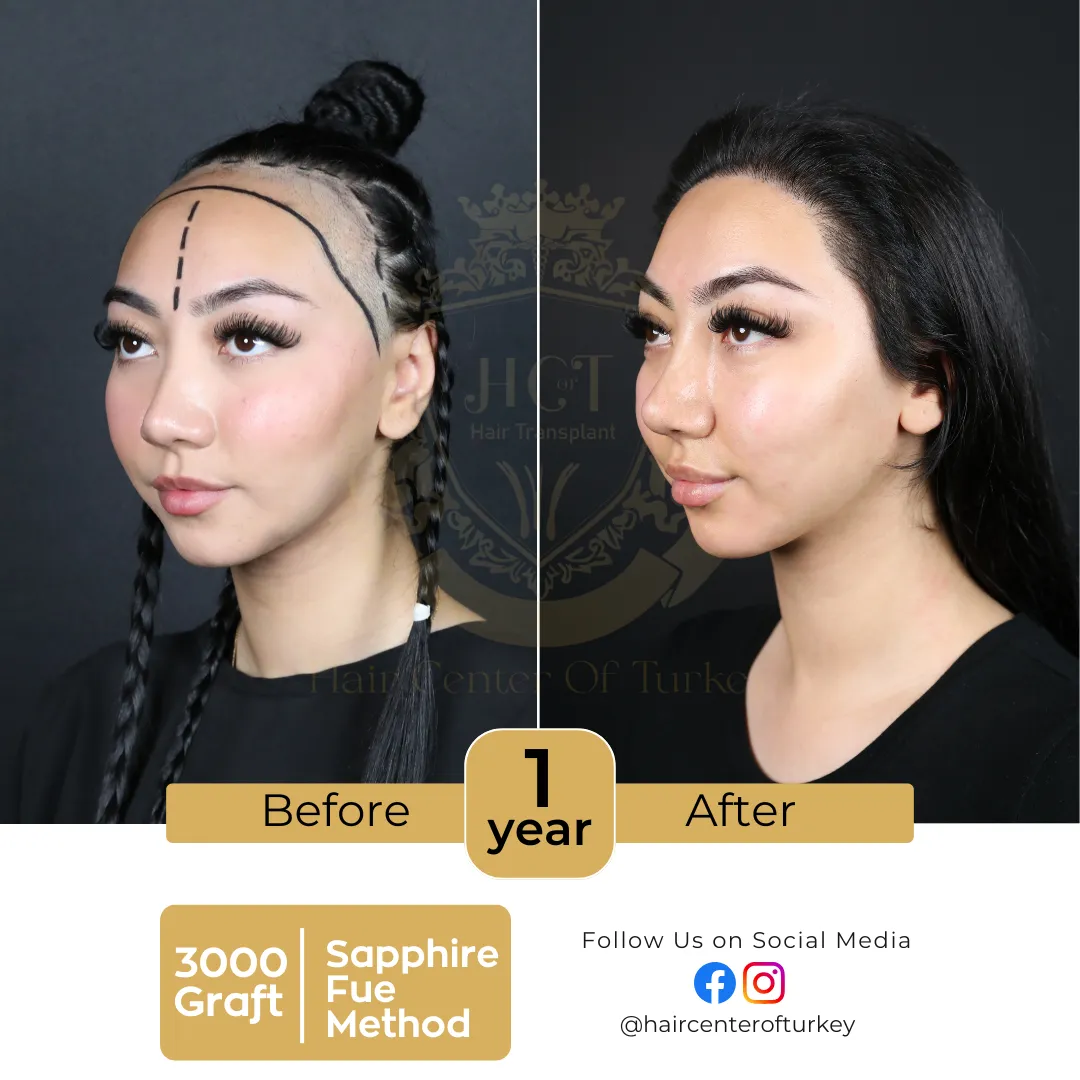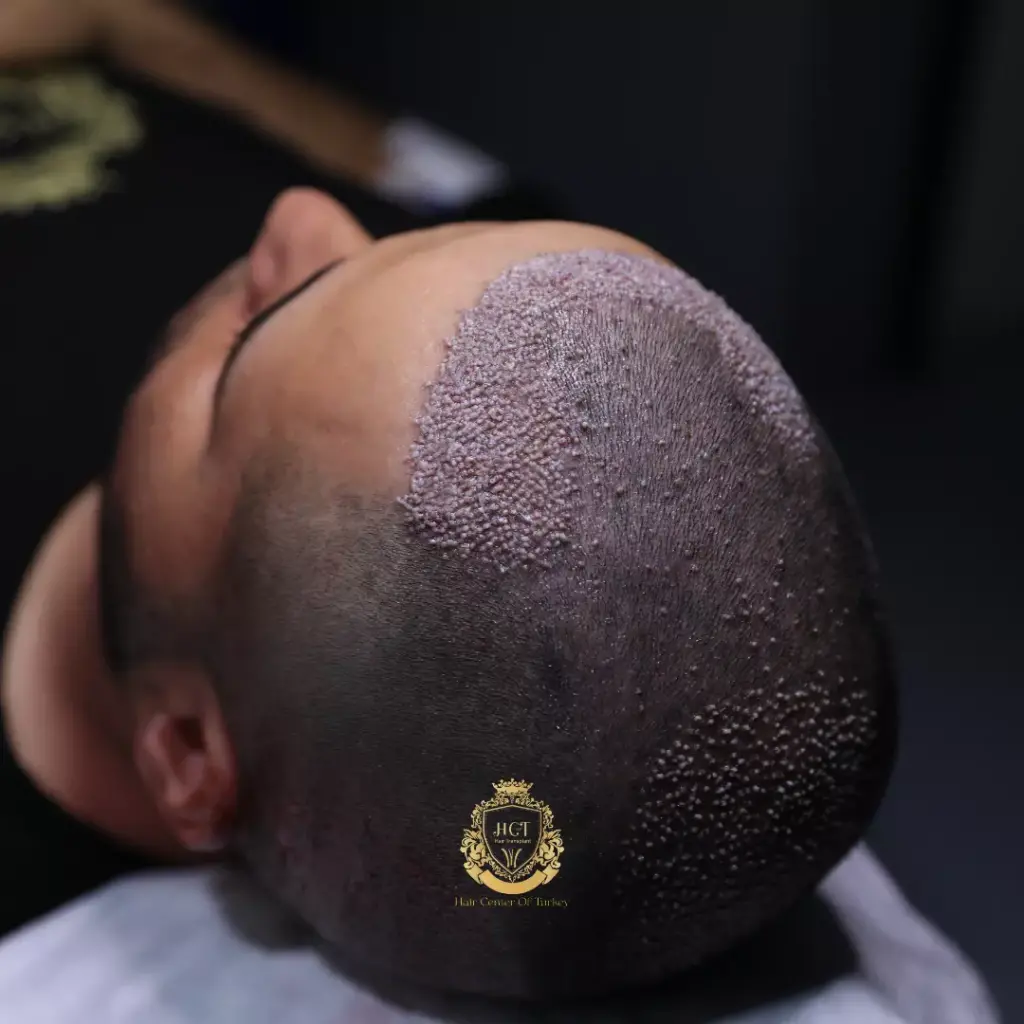How to Get Rid of Dandruff?
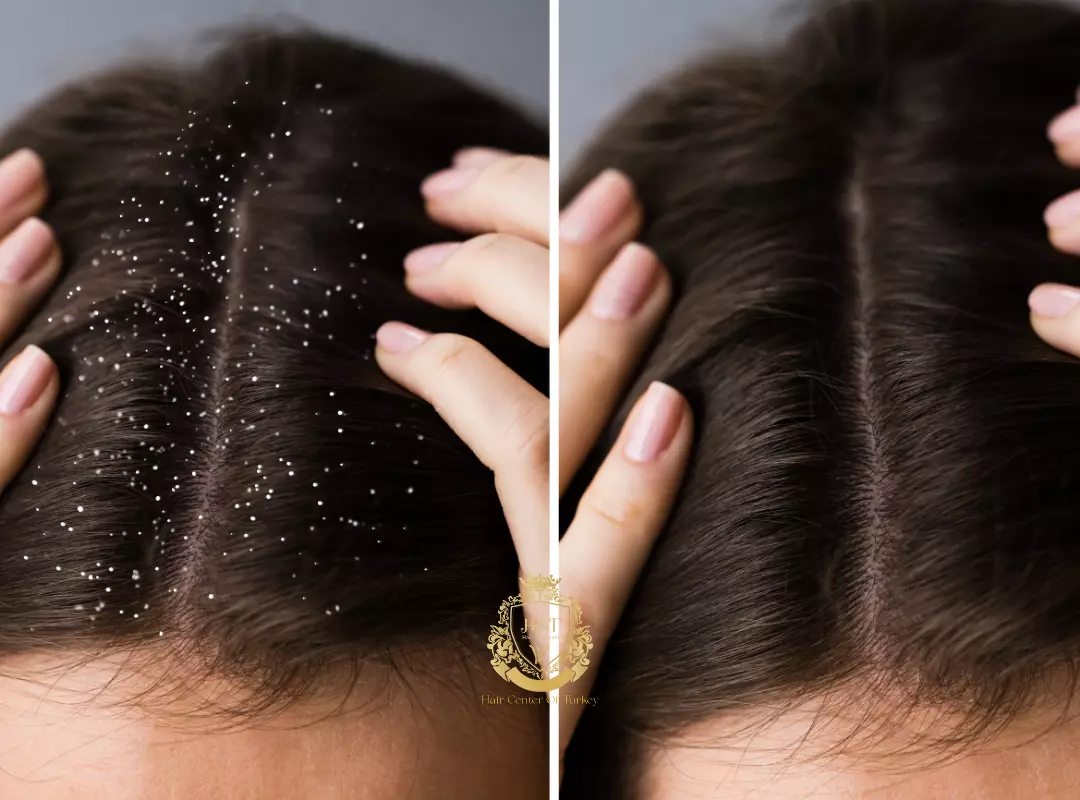
What is Dandruff?
Dandruff is a skin condition that typically manifests itself through excessive flaking, itching, and redness on the scalp. It occurs when dead skin cells rapidly shed and accumulate on the skin. This condition can be attributed to various factors such as excessively oily or dry scalp, fungal infections, stress, hormonal changes, use of hair care products, or genetic factors.
While dandruff is generally harmless, it can be bothersome due to itching and aesthetic concerns. Managing dandruff can often be achieved through anti-dandruff shampoos or treatments recommended by dermatologists. The treatment may vary depending on the condition of the scalp and the cause of dandruff. Popularly referred to as “kepek” in Turkish, dandruff is a common skin problem that most people may encounter at some point in their lives. However, with proper care and treatment, it can usually be controlled.

Triggers and Risks of Dandruff
Dandruff is a common scalp issue characterized by itching, dryness, redness, and white flakes. It is often associated with a condition called seborrheic dermatitis, typically stemming from inflammation of the scalp caused by a type of fungus. Triggers and risk factors for dandruff can vary from person to person, with multiple factors influencing this condition. Common triggers and risk factors for dandruff include:
- Fungal Infections: One of the most common causes of dandruff is fungal infections. Excessive growth of a fungus called Malassezia can lead to itching, redness, and flaking of the scalp.
- Sebum Production: Excessive oil production in the scalp can trigger dandruff formation. Oily scalp can support the growth of the Malassezia fungus.
- Stress: Stress can cause hormonal changes in the body, leading to scalp issues. Sensitization of the scalp due to stress can increase dandruff formation.
- Dry Skin: An excessively dry scalp can also trigger dandruff. Dry skin can cause flaking and itching.
- Hormonal Changes: Hormonal changes, especially during puberty, pregnancy, or menopause, can contribute to scalp issues.
- Use of Hair Care Products: Some hair care products, due to their chemical content, can irritate the scalp and increase dandruff formation.
- Poor Nutrition: Vitamin deficiencies, especially B vitamins and zinc deficiency, can affect scalp health and increase dandruff.
- Genetic Factors: If there is a history of dandruff in the family, genetic factors can influence scalp health.
- Cold and Dry Weather: Cold and dry weather can dry out the scalp and increase dandruff formation.
To manage dandruff, consider regular scalp cleansing, using appropriate shampoos, adopting a healthy diet, and avoiding stress. If symptoms persist, seeking help from a dermatologist is important.
How to Get Rid of Dandruff?
Dandruff is a common scalp issue characterized by itching, dryness, redness, and white flakes. Often associated with seborrheic dermatitis, a condition linked to inflammation caused by a type of fungus, managing dandruff involves considering the following steps:
- Choose the Right Shampoo: Using shampoos specifically formulated for dandruff can be effective. These shampoos typically have antifungal properties.
- Keep the Scalp Clean: Regularly cleaning the scalp can reduce dandruff formation. However, avoid washing too frequently, as it can dry out the scalp.
- Consume Probiotic Foods: the health of your intestines can impact scalp issues. Consuming probiotic-rich foods, such as yogurt or fermented vegetables, can support internal balance.
- Moisturize the Scalp: A dry scalp can contribute to dandruff formation. Keeping the scalp moisturized with hair care products containing moisturizers can be beneficial.
- Balanced Nutrition: The health of your hair is often linked to your overall body health. A diet rich in vitamins and minerals can support scalp health.
Despite these recommendations, if your dandruff issue persists, consulting with a dermatologist is essential.
FAQ (Frequently Asked Questions)


